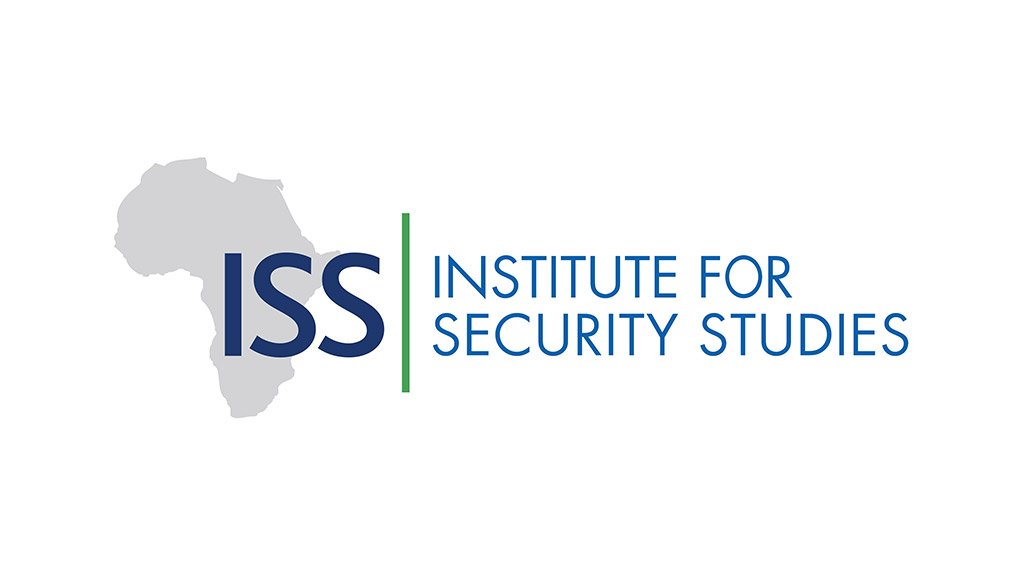Rwanda has received significant support from international donor agencies to rebuild its economy since the 1994 genocide. With over US$1-billion a year, it has the highest donor aid per capita in East Africa (about US$85 a year), above countries like Uganda with US$43 and Kenya with US$60. Over 40% of its national budget is funded by foreign aid.
However, aid flows to Africa are declining, and so may not be a reliable source of external inflow. According to a new study on Rwanda’s development prospects by the Institute for Security Studies’ African Futures and Innovation programme, aid flows to the country are projected to decrease significantly on the Current Path trajectory. They are projected to reach 7% of gross domestic product (GDP) by 2043, down from 14.8% in 2019.
Declining aid necessitates looking for an alternative source of external financial inflows, particularly foreign direct investment (FDI). Historically, FDI in Rwanda is low compared to its income peers in Africa. Between 1990 and 2019, FDI inflows ranged between 0.1% and 4% of GDP. The total amount of FDI received by Rwanda in 2019 was equivalent to 2.5% of GDP, below the average of 3.8% for low-income African countries.
Like many other African countries, most FDI in Rwanda is concentrated in a few sectors. The energy sector accounts for 45% of all registered investments, and manufacturing covers 30%. The remaining 25% is in agriculture, construction, services, information and communication technology, and mining.
Recognising this gap and the potential for improving FDI inflows, the government has implemented policies to promote a good investment climate. Over the past decade, Rwanda has moved by 100 places on the World Bank Doing Business index, and currently ranks as the second best place to do business in Africa and 38th globally. This is due to successful ‘doing business’ reforms that have created an enabling, competitive and favourable environment.
Establishing the Rwanda Development Board, a one-stop investment promotion centre and a new investment code has also helped. Registering a company takes only a few hours, and obtaining an investment certificate takes two days. Permits and documents are easily acquired from the Rwanda Development Board. Government-initiated loan guarantees and liberalisation of selected economic sectors also encourage investment.
An investment promotion law also incentivises investors in export-oriented activities and industrial manufacturing. These include a preferential income tax rate, a corporate income tax holiday of up to seven years, and an exemption from customs tax for products used in export processing zones.
There are also exemptions from capital gains tax, value-added tax refunds, accelerated depreciation at a rate of 50% for the first year for new and used assets, and immigration incentives. As a result, the value of registered investment increased by 515% from US$400-million in 2010 to US$2.006-billion in 2019.
Despite these incentives, FDI inflow is expected to rise only marginally. On the country’s current development path, these inflows could constitute 2.9% of GDP by 2043, significantly below the average of 5.2% for low-income countries in Africa.
Several challenges hinder private investment in the country. First, because of its landlocked position, Rwanda has higher transport costs than its neighbours closer to the coast. There’s also a shortage of skilled workers with technical know-how such as accountants, lawyers and technicians.
The high cost of energy, mainly electricity, is also a disincentive. The average electricity tariff of US$0.20 per kilowatt-hour before tax is among the top 10 most expensive tariffs in sub-Saharan Africa. The uneven application of tax incentives and import duties is also a concern. Foreign firms expect to receive VAT tax refunds within 15 days of getting the necessary documentation, but say the process can take years and involve lengthy audits by the Rwanda Revenue Authority.
Likewise, Rwanda’s small market coupled with low purchasing power also deters potential investment. And despite robust government institutions and security, there are still concerns about the country’s democracy and human rights record. The lack of strong political opposition parties, critical voices from civil society, limited media freedom, and Rwanda’s centralised political power are problems that could deter potential investors.
The African Futures and Innovation study shows that an increase in FDI, together with growth in aid and remittances – modelled as an External Financial Flows scenario – significantly improves economic growth and poverty reduction in Rwanda.
In this scenario, Rwanda’s GDP per capita increases from US$2 219 to US$7 099 by 2050 – an improvement of US$408 (or 6.1%) above the country’s Current Path. In 2019, 6.4-million Rwandans (half the population) lived below the extreme poverty line of US$1.90 a day. In the External Financial Flows scenario, only 1.4-million Rwandans (6.6% of the population) are expected to live in extreme poverty by 2050.
Given the potential of FDI to boost Rwanda’s growth and development, the government must address challenges hindering FDI inflow. Relying on the country’s renewable energy potential would produce cheaper electricity, making it a more attractive business environment. Also, equal application of the law to all businesses, including foreign firms, can attract more inflows.
In the long term, the country should focus on building quality education to produce the skills needed. This can be complemented with immediate skills acquisition and development programmes to train more labour in the country.
Written by Enoch Randy Aikins, Researcher and Alize Le Roux, Senior Researcher, African Futures and Innovation, ISS Pretoria
EMAIL THIS ARTICLE SAVE THIS ARTICLE ARTICLE ENQUIRY
To subscribe email subscriptions@creamermedia.co.za or click here
To advertise email advertising@creamermedia.co.za or click here











